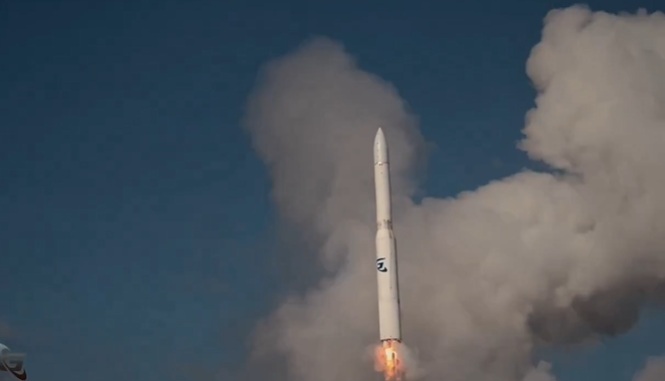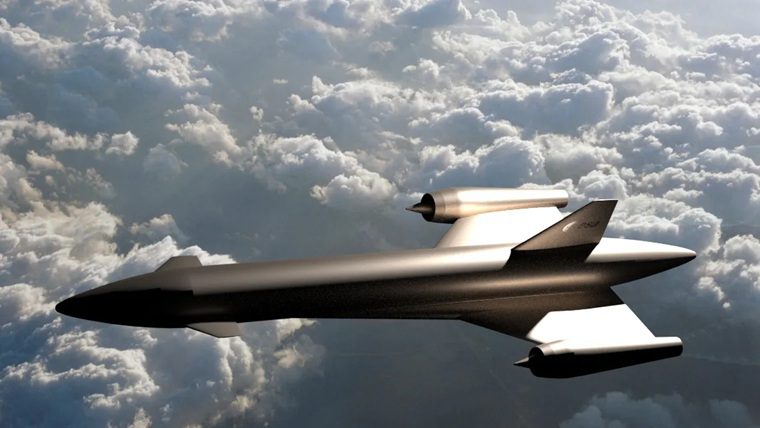The Emirates Mars mission orbiter HOPE will be sent on its voyage initially by a Japanese H-2A rocket flying from Tanegashima in Japan. The spacecraft was booked on a flight to take place in 2020. The mission is owned and operated by the United Arab Emirates Space Agency and is being built by EIAST – Emirates Institution for Advanced Science and Technology which is now known as the Mohammed Bin Rashid Space Centre (MBRSC).
The spacecraft will have a minimum design life of 2.6 years (two years in operation after 200 day passage) but can be extended to last 4.6 years (four years in operation). The spacecraft will measure 2.37 m x 2.90 m and will have a mass of 1500 kg. It will carry three experiments: EXI (Emirates eXploration Imager), a digital camera that will send back high-resolutioncolour images; EMIRS (Emirates Mars InfaRed Spectrometer), an infra-red spectrometer to examine temperature patterns, ice, water vapour and dust in the atmosphere; and EMUS (Emirates Mars Ultraviolet Spectrometer), an ultraviolet spectrometer to study the upper atmosphere and traces of oxygen and hydrogen further out into space.






